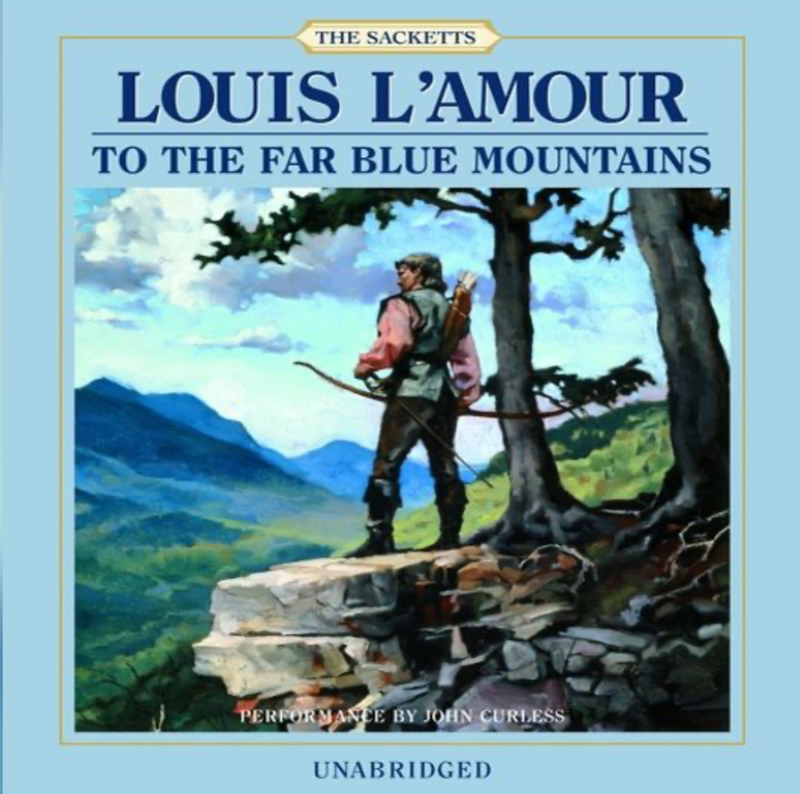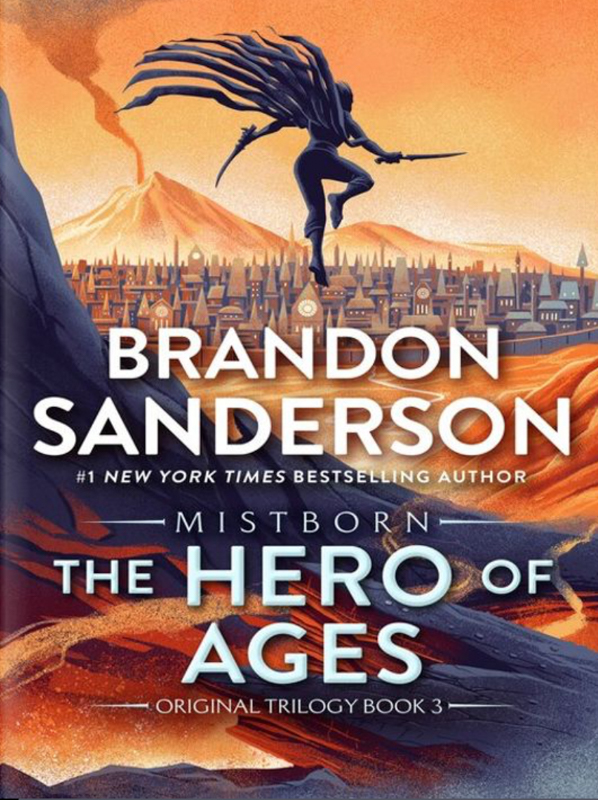The Lost Metal
Background
Published in 2022, “The Lost Metal” is the fourth and final book in Brandon Sanderson’s Wax and Wayne series, set within the Mistborn universe. This novel concludes the saga of Waxillium “Wax” Ladrian, a lawman-turned-senator, as he confronts the enigmatic organization known as the Set. Alongside his companions—Wayne, Marasi, and Steris—Wax uncovers a conspiracy that threatens the stability of their world, Scadrial.

My Thoughts
This was a fitting end to the series and Sanderson did a good job of tying up enough loose ends to leave it alone while allowing enough unfinished to continue on the story if wanted. This book put together several of pieces of Sanderson’s Cosmere and answered several questions about how his literary worlds are connected.
This book continued the fast pace action and intrigue we see throughout the series. Wayne continued to be one of my favorite characters with his quips, talents, and his good heart. It was enjoyable to watch the characters through their developmental arcs and the plot left them in a good place.
Recommendation
I enjoyed the book and the series as a whole.








